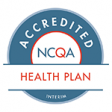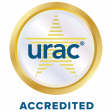20 minutes after quitting: Your heart rate and blood pressure drop.
A few days after quitting: The carbon monoxide level in your blood drops to normal.
2 weeks to 3 months after quitting-: Your circulation improves, and your lung function increases.
1 to 12 months after quitting: Coughing and shortness of breath decrease. Tiny hair-like structures (called cilia) that move mucus out of the lungs start to regain normal function, increasing their ability to handle mucus, clean the lungs, and reduce the risk of infection.
1 to 2 years after quitting: Your risk of heart attack drops dramatically.
5 to 10 years after quitting: Your risk of cancers of the mouth, throat, and voice box (larynx) is cut in half. Your stroke risk decreases.
10 years after quitting: Your risk of lung cancer is about half that of a person who is still smoking (after 10 to 15 years). Your risk of cancer of the bladder, esophagus, and kidney decreases
15 years after quitting: Your risk of coronary heart disease is close to that of a non-smoker.
Quitting smoking can also add as much as 10 years to your life, compared to if you continued to smoke. Quitting while you’re younger can reduce your health risks more (for example, quitting before the age of 40 reduces the risk of dying from smoking-related disease by about 90%), but quitting at any age can give back years of life that would be lost by continuing to smoke. Video: https://youtu.be/JrDkqfKmi4o






